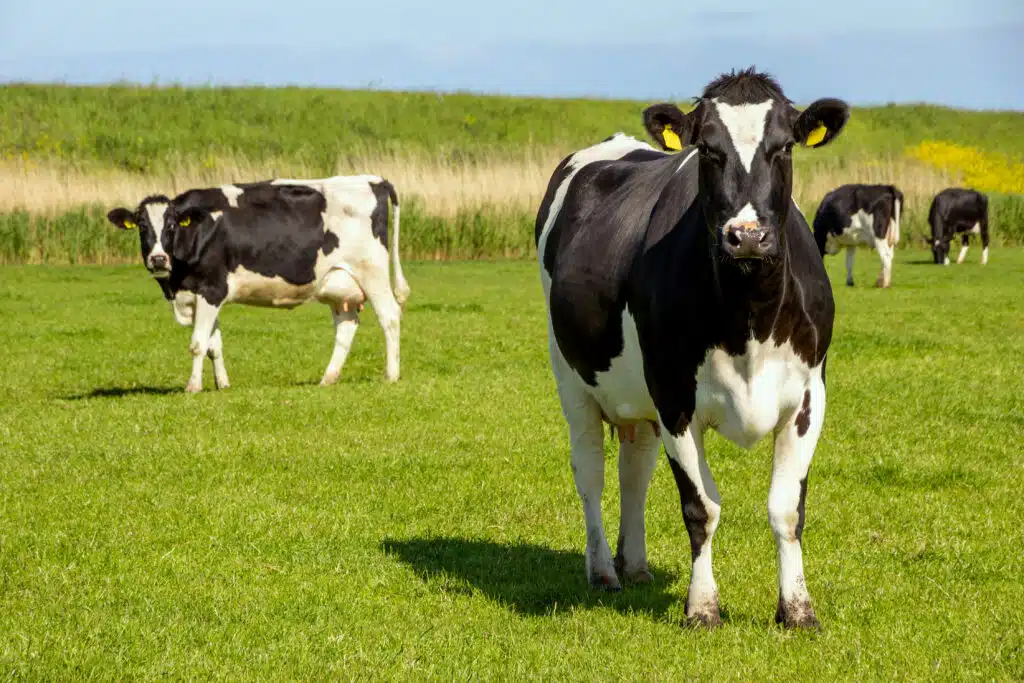Dreaming and thinking big are the most effective ways of driving our business forward. We have a big picture in mind and determine our everyday actions and decisions based on what will bring us closer to this vision. We can achieve this through small decisions and regular action. One of these decisions on-farm is the mineral programme we choose to implement throughout the year to optimise trace mineral status. This decision can potentially have a large impact on a dairy herd’s productivity and profitability.
If the first decision is choosing to implement a mineral programme for the year, the next step is assessing the effectiveness of this programme in moving the herd towards our big picture. This is done by assessing cow trace mineral status by analysing the blood and liver mineral content of healthy cows. Mineral analysis results are related back to a standard reference range to determine the animal’s mineral status. Depending on mineral results within these ranges, it may appear that cows are either deficient in, have adequate levels of, or have toxic levels of certain minerals.
The simplicity of using a reference range to determine cow trace mineral status and the need to adjust a mineral programme based on this is just that, over-simplified. In reality, this process is much more complex than it appears. While it has formed the basis of adjusting mineral programmes in the past, it needs to be looked at much more closely and the value of this tool taken into account with what else is happening on the farm and in the cow.
In this article, we work through the main considerations of using trace mineral status to determine mineral supplementation adequacy in dairy herds. This may help us decide whether this tool should be the deciding factor driving our mineral programme choices on-farm.

1. Mineral reference range
Are we working off the right mineral reference ranges? The most accepted and well-documented reference ranges used are those done by Puls (1994). While being dated, newer research still refers to these ranges as the basis of determining mineral adequacy, even though these may be dated. A 2022 review on trace mineral status suggested that the ranges for zinc, specifically, are much narrower and lower than previously thought (Spears et al., 2022) and that there may be no reliable indicator for manganese status in animals. New research should be considered when interpreting trace mineral results and using the correct reference range will go a long way in ensuring that we can start to make sense of the murky world of trace mineral supplementation.
2. Mineral programme and background sources
Mineral programmes are determined according to dairy cows’ requirements as researched and recommended in Nutrient Requirements of Dairy Cattle, 8th Edition published by the National Academies of Sciences, Engineering, and Medicine in 2021. A typical mineral programme will adequately supply minerals to your cows. The spanner in the works that influences whether the cow can absorb these minerals comes from background sources such as water and, possibly, other raw materials. Antagonists in feed and water will affect the efficacy of a mineral programme and yield potential deficiencies. It is important to note that, in today’s day and age, a primary deficiency – not enough mineral supplemented – is very unlikely due to the mineral field being so specialised. A secondary deficiency – due to antagonism preventing mineral uptake – is often the culprit working against mineral programmes. When assessing mineral status, consider whether your mineral programme is adequate and what background interactions may be affecting the status of your herd.
3. Mineral source
Inorganic and organic trace minerals are supplemented for different purposes. While organic minerals are known to be more bioavailable, some are not stored in the same manner as others. An organic mineral source should also be considered, as this may not be reflected in mineral status but still yield an effective performance response. A selenium source, for example, can greatly affect the amount of selenium that is stored in tissue. While this may seem like the main objective, we need to consider why we supplement selenium, or really any other mineral. Is our objective to store the minerals, and to what extent will this benefit the cow, or are we trying to improve immunity and herd productivity through improved performance parameters? Not all mineral sources behave the same in the gut and body and this also needs to be considered when interpreting mineral analysis results.

4. Performance
Due to the vast role of minerals in the body, optimum mineral supplementation can play a significant role in production and reproduction success. An adequate supply can rule out a deficiency; however, we need to be careful when taking the approach of ‘more is better’. Improved trace mineral status will only be effective at improving herd health up to a point. One needs to consider mineral excesses and toxicities together with the economic benefit of chasing higher trace mineral levels. Increased levels may not always yield the greatest response, and this is when we should turn to science and management on-farm. Consider different mineral sources with a targeted performance outcome. Likewise, the role of cow comfort and management can also influence the performance outcomes we might be chasing through trace mineral status.
Determining the purpose behind assessing trace mineral status will help the farmer make more informed choices on the use of minerals as a tool on-farm … or as a scapegoat for other issues.
This article was first published in the May issue of The Dairy Mail, you can download it here.
Technical adviser: Ruminants










